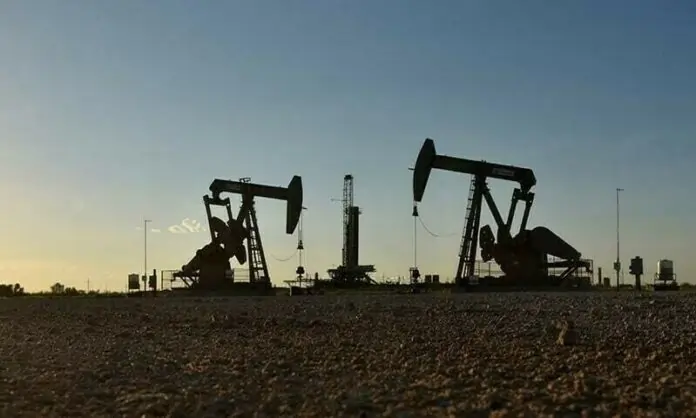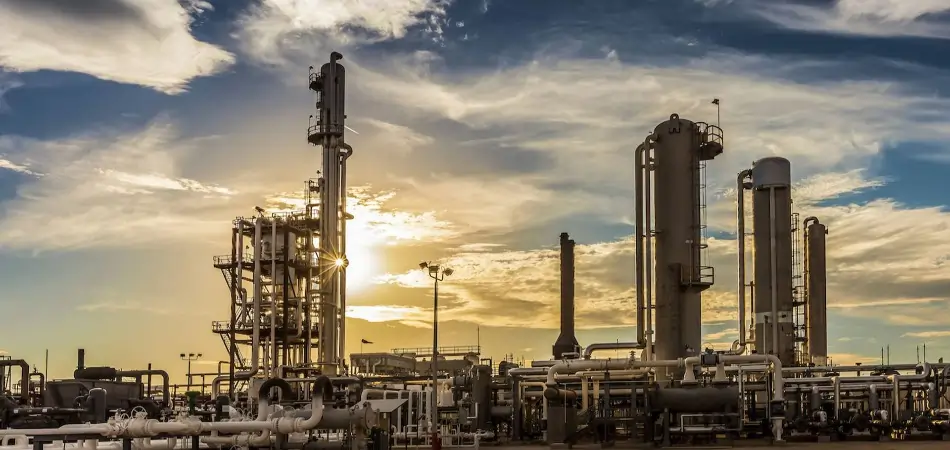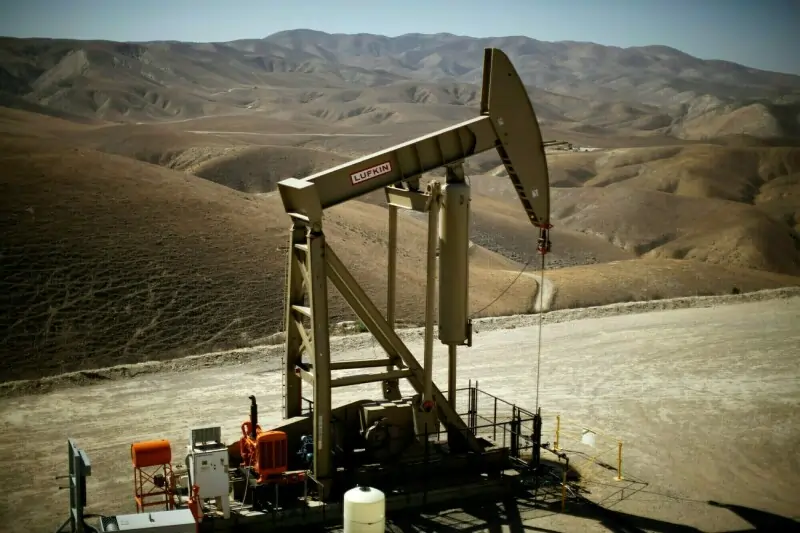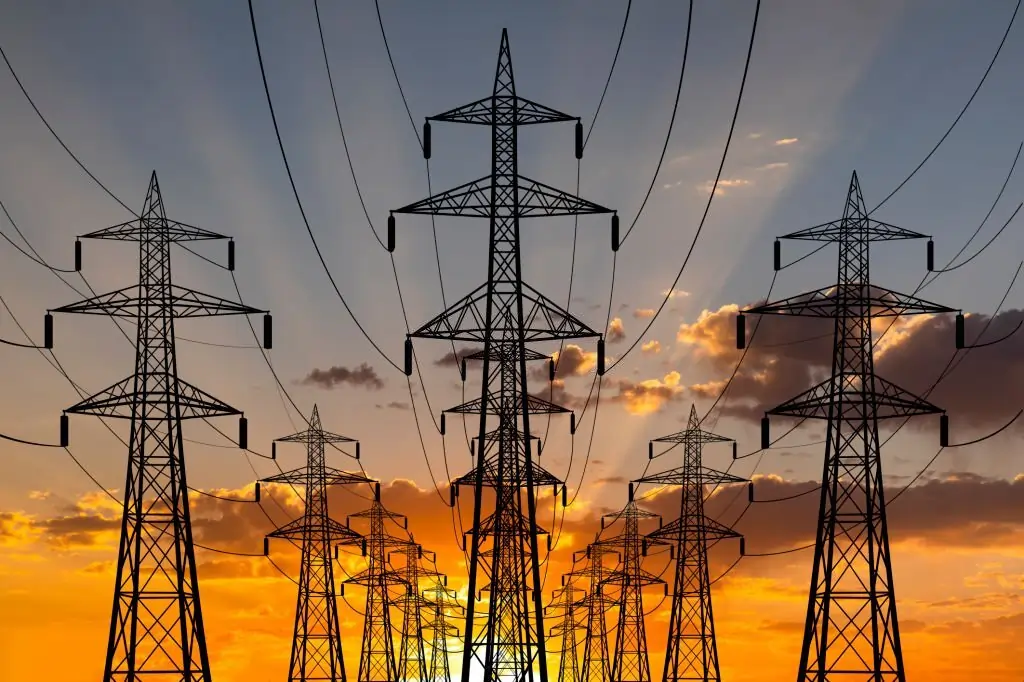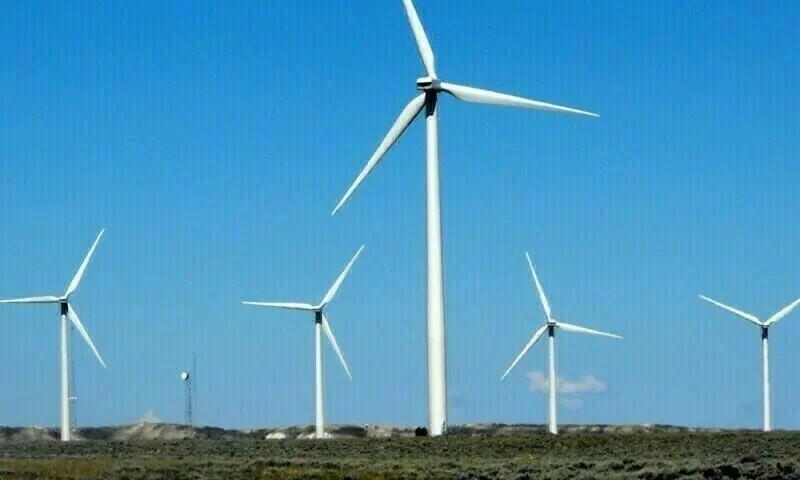New discoveries and increased production drive growth in oil reserves, while gas reserves show limited change
Pakistan’s oil reserves increased by 23% year-on-year to reach 238 million barrels in December 2024, according to a report by Arif Habib Limited.
This growth, from 193 million barrels a year earlier, was primarily driven by rising output from major fields and new discoveries.
Key fields contributing to the increase include Pasakhi/Pasakhi North East, Rajian, Kunar, Sono, Thora, Jhandial, and Lashari Centre.
However, reserves in some major areas saw declines, including a 37% drop in Nashpa, 15% in Adhi, 26% in Bettani, 25% in Makori East, and 5% in Shahdadpur.
On the gas front, reserves remained largely stable at 18,142 billion cubic feet (bcf) in December 2024, compared to 18,109 bcf in December 2023. Gains were noted in fields like Uch, which saw a 4% increase, and Mari Ghazij, which experienced a dramatic 21-fold rise in reserves.
However, several fields showed declines, including Mari, down 5%, Zin, down 26%, Sui, down 11%, and Qadirpur, down 16%.
New discoveries in both oil and gas helped bolster overall reserves. Notable oil contributions came from fields such as Isra, Mahaan, Taj South, Baloch-2, Shewa, and Toot Deep, which together added 6.73 million barrels. On the gas side, fields like Shahu, Mahaan, Sonhal, and others contributed a combined 23.33 bcf to the total gas reserves.
Among publicly listed companies, Oil and Gas Development Company (OGDC) saw a significant 76% increase in its oil reserves, while MARI and POL posted gains of 77% and 27%, respectively. Conversely, PPL’s oil reserves declined by 16%. In gas reserves, MARI and POL reported increases of 19% and 17%, respectively, while OGDC and PPL experienced declines of 8% and 9%, respectively.

